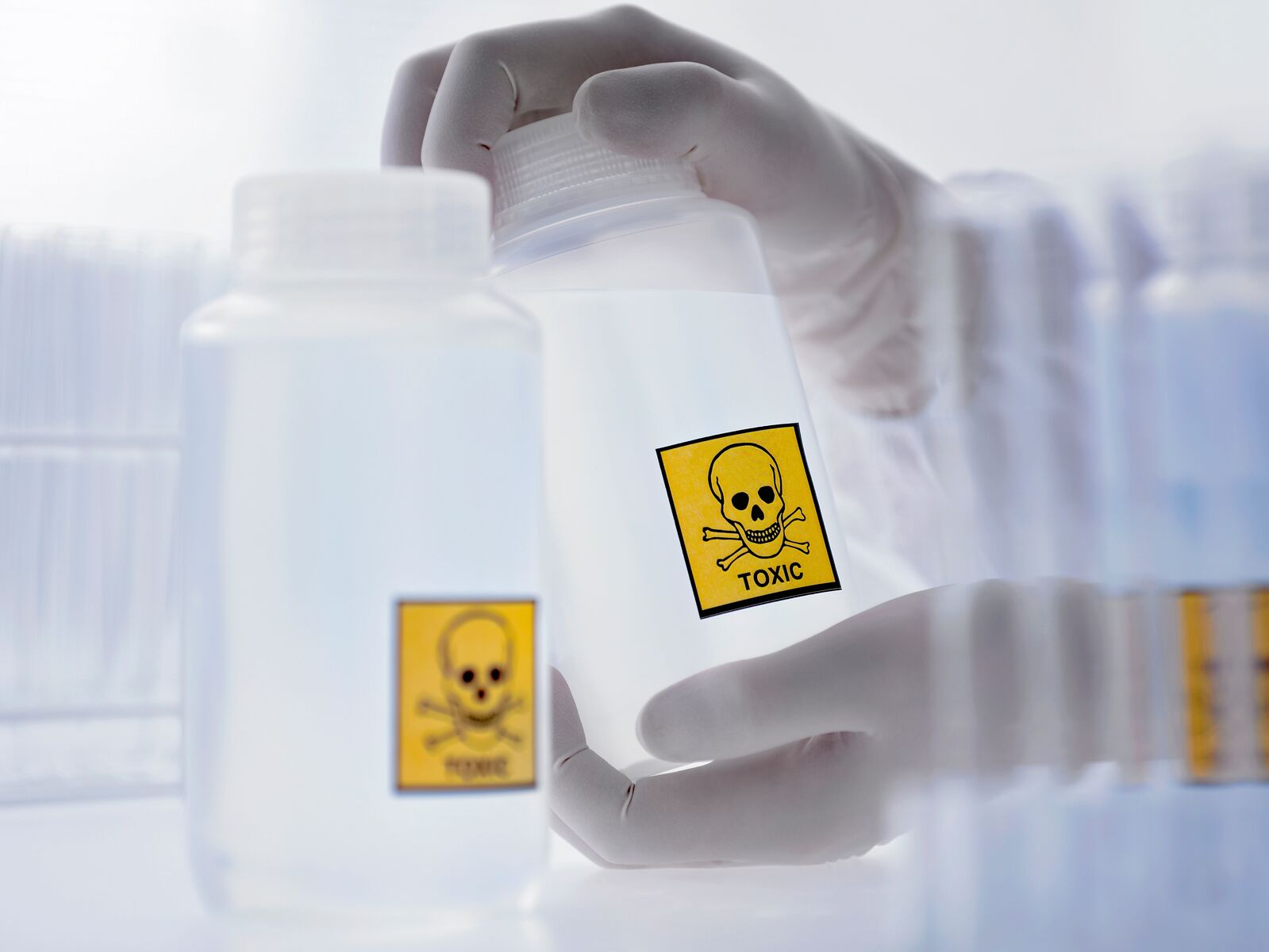Toner News Mobile › Forums › Toner News Main Forums › The National Chemical Program of Ecuador Identifies Chinese Toner and Its Toxic Impact.
- This topic is empty.
-
AuthorPosts
-
jimKeymasterThe National Chemical Program of Ecuador Identifies Chinese Toner and Its Toxic Impact.
Toner is a powder used in laser printers and copiers to produce text and images on paper. It is composed of various chemicals, carbon black, and plastic particles that are melted and fused onto the paper by heat. Toner is one of the major sources of electronic waste, as it is often discarded in landfills or incinerated, releasing harmful substances into the environment, and posing health risks to humans and animals.In Ecuador, the Ministry of Environment and Water (MAATE) has implemented the National Program for Environmentally Sound Management and Cycle Management of Life of Chemical Substances (PNGQ), which aims to identify, monitor, and control the use and disposal of persistent organic pollutants (POPs) and other hazardous chemicals in the country. POPs are substances that resist degradation, accumulate in the environment and living organisms, and cause adverse effects on human health and the environment.
As part of the PNGQ, in 2020, the MAATE identified and subsequently analyzed fluorinated compounds (PFAS), brominated compounds (PBDE and HBCDD), and chlorinated compounds (PCCC and PCCM) in 131 samples of various products, such as toner, food packaging, textiles, and cables. The samples were sent for analysis to the University of Örebro in Sweden and the Vrije University in the Netherlands, as there are no public or private laboratories in Ecuador that can perform this type of analysis.
The Results of the Analysis
The results of the analysis revealed that some of the products contained low levels of POPs, while others had high concentrations of these substances. For example, nine samples of products purchased on hanger reported less than 50 mg/kg of POPs, which is considered a low content. However, human exposure to PFAS should be considered in more detail, especially for products that come into direct contact with food, such as microwave popcorn bags, food packaging papers, and textiles, as they can pose a greater relative risk.In the case of brominated compounds, only one sample of a generic toner for laser printer from China reported a high concentration of deca-BDE-c, a type of PBDE, at approximately 3.3 mg/g. This result contrasted with the analysis of the original toner from China, which did not report any content of this substance. This data could open the debate on the quality of the products sold in the country and the possible adulteration of the toner.
Samples of resin and PVC cable coating from an important Ecuadorian industry reported a content of chlorinated paraffins, with a predominance of medium chain paraffins over short chain ones. This confirms that for this type of use, chlorinated paraffins of medium chain are used in greater proportion, which are not listed in the Stockholm Convention. The Stockholm Convention is an international treaty that aims to protect human health and the environment from POPs. On the other hand, a product purchased on hanger (a rubber ball) also reported the presence of this type of paraffin.
The Recommendations on Chinese generic toner for laser printers.
Based on these findings, the MAATE proposes the development of strategies for the restriction, substitution, or control of the following substances and products that reported the presence of PFOA, PFOS, and PBDEs, as well as new monitoring that allow establishing specific actions for generic Chinese toner for laser printers.These strategies aim to reduce the environmental impact and health risks of these substances and products, and to promote the implementation of the best available techniques and practices for their management. Additionally, the MAATE recommends the review of the free sale policy of these products, and the strengthening of the national capacity for the analysis and control of POPs and other hazardous chemicals.
-
AuthorFebruary 3, 2024 at 4:53 PM
- You must be logged in to reply to this topic.

